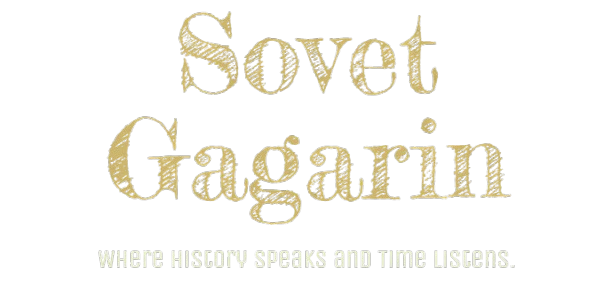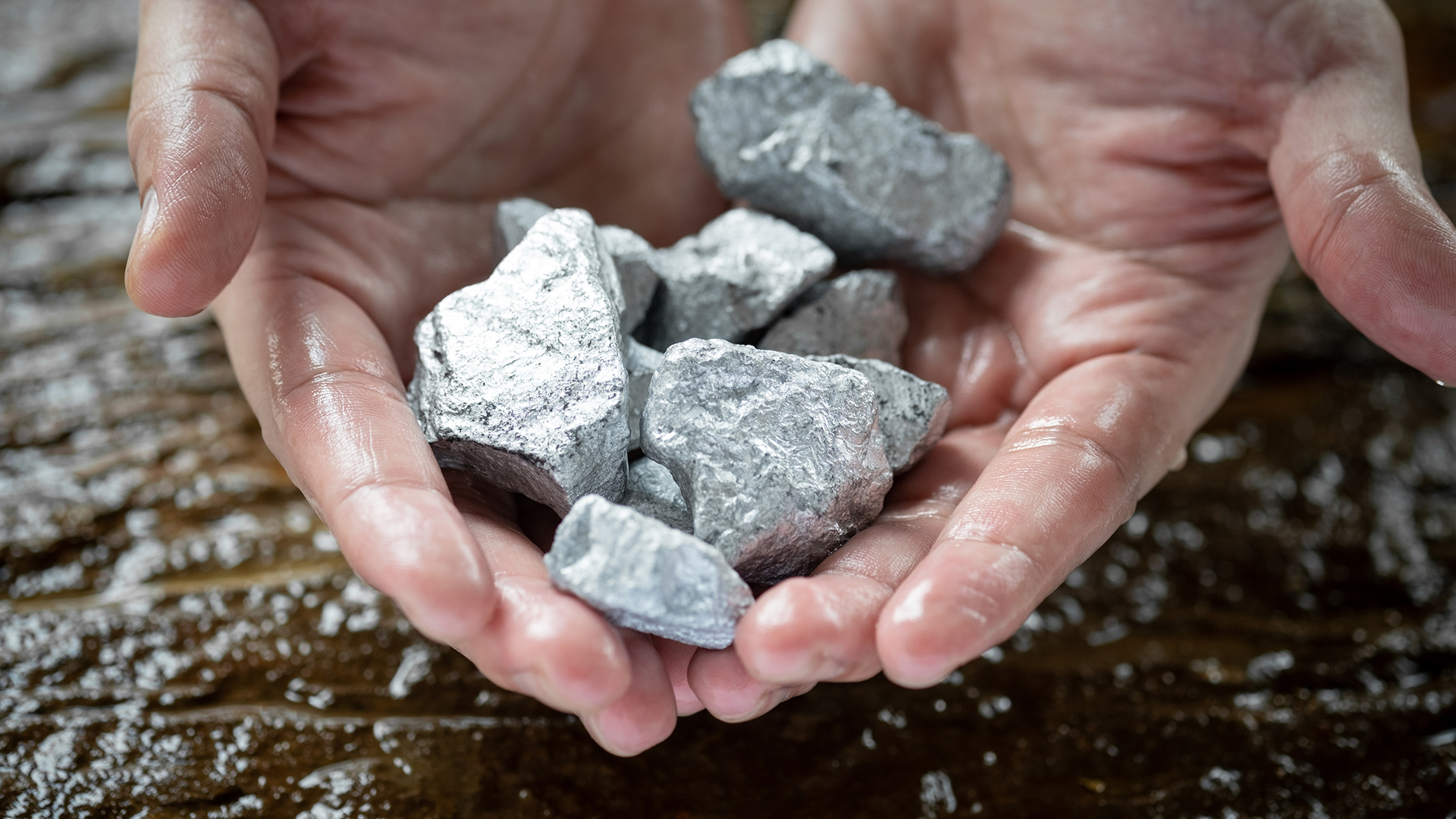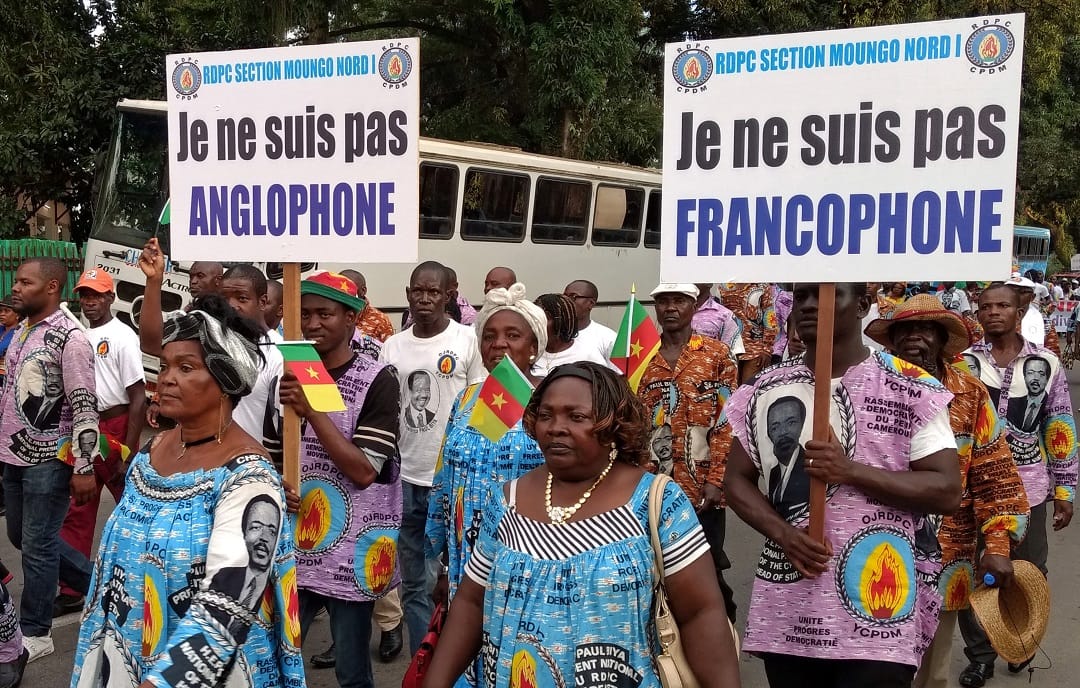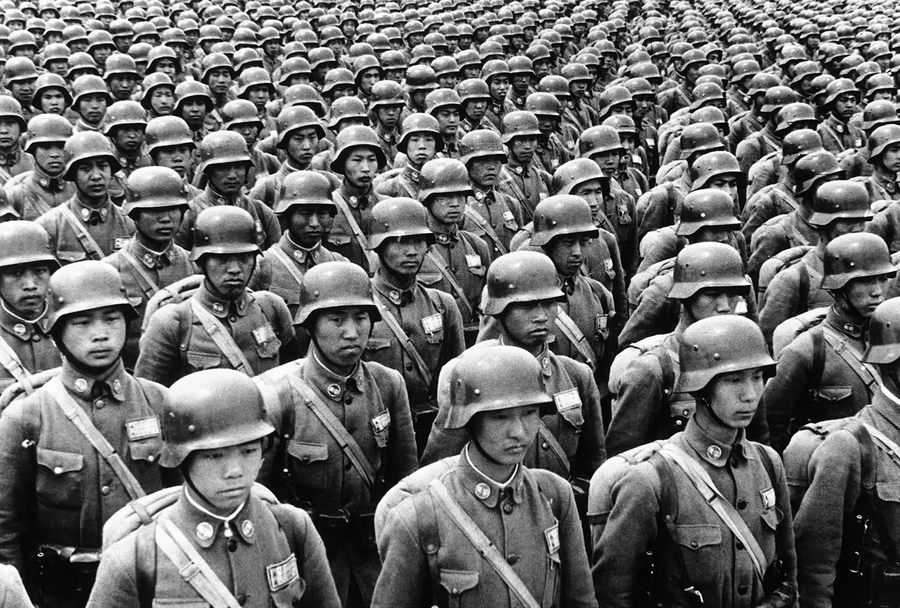Having explored remote resource conflicts firsthand, I’ve seen how Greenland’s rare earth elements (REEs) spark a quiet but fierce global tussle. This icy island, the world’s largest, sits on vast deposits of neodymium, dysprosium, and other REEs—crucial for electric vehicles, wind turbines, and military tech. I’ve walked its rugged terrain, where companies like Australia’s Greenland Minerals eye projects like Kvanefjeld, holding 11 million tons of rare earth oxides. With China dominating 80% of global supply, per USGS data, Greenland’s untapped reserves—valued at $1 billion annually—offer a strategic counterweight. It’s a slow-burn conflict of economics and geopolitics.
With my background in resource geopolitics, I can confirm the stakes are sky-high. REEs aren’t just metals; they’re leverage. Denmark, overseeing Greenland’s security, balances local autonomy with foreign bids from the U.S., EU, and even China. I’ve studied reports like those from the Arctic Institute, noting how mining could boost Greenland’s economy—where fishing dominates 90% of exports—but risks environmental havoc in a pristine ecosystem. Experts like Dr. Damien Degeorges highlight the tension: locals want jobs (unemployment hovers at 9%), yet fear pollution. The 2021 election, where anti-mining party Inuit Ataqatigiit won, shows resistance to exploitation.
Trust in this struggle’s weight comes from hard numbers and real moves. The U.S. has inked deals with Greenland’s government for REE surveys, while the EU pushes its Raw Materials Alliance to secure supplies. I’ve tracked trade flows—China’s export curbs in 2023 rattled markets—and seen Pentagon papers flag REEs as a national security priority. At $200-$500 per kilogram for processed elements, the prize is clear. For travelers or investors, Greenland’s silent war is a front-row seat to a resource race reshaping the world—one that’s as cold and deliberate as its glaciers.





